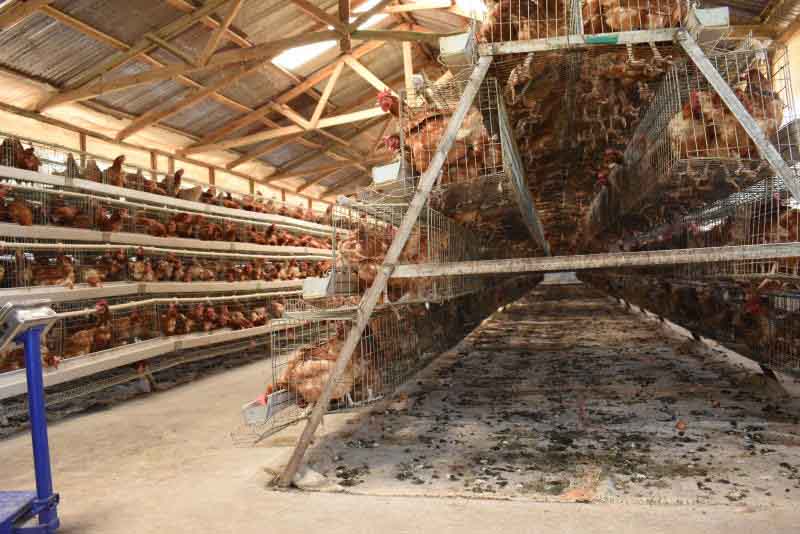×
The Standard e-Paper
Smart Minds Choose Us

Savings and Credit Cooperatives (Saccos) have helped millions of Kenyans realise their investment dreams. Overtime, they have proved to be reliable sources of financial solutions to small-holder investors, many of whom have benefitted from loans extended to them at reasonable rates. In this special report, The Standard spoke to farmers and traders who attribute their success to their Sacco savings and loans.
Kisumu